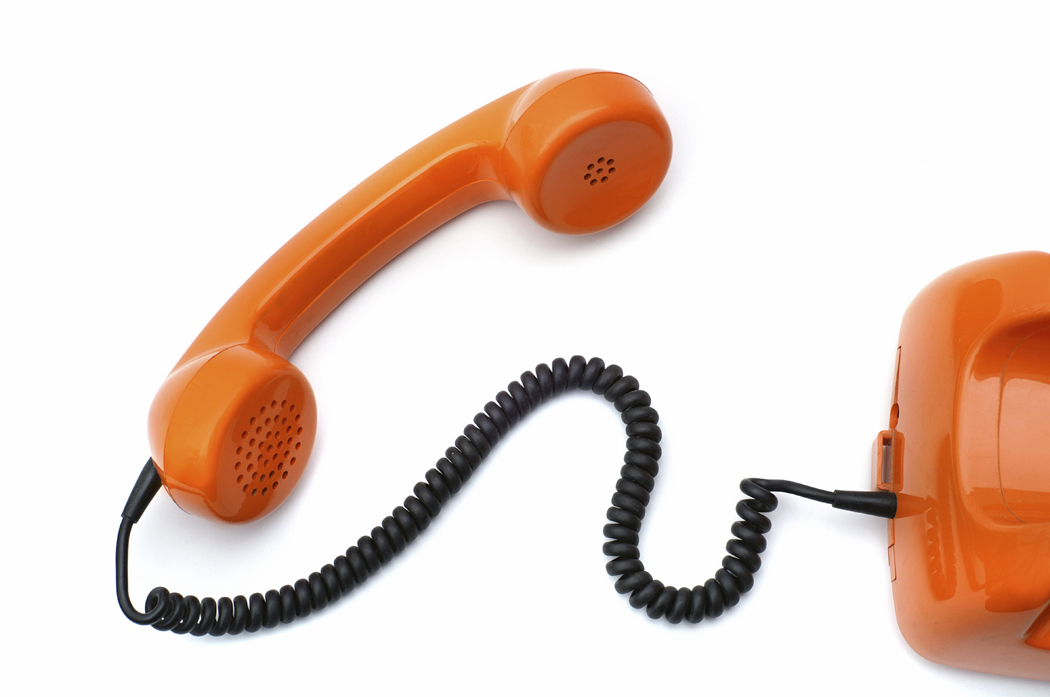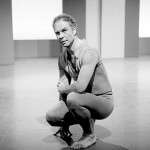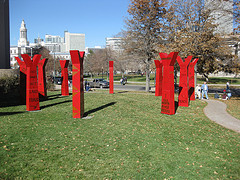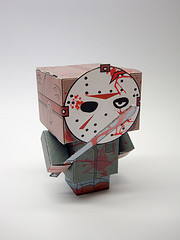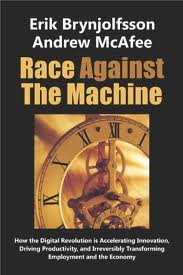A 2010 report published by the Center for the Future of Museums, an initiative of American Association of Museums, forecasts the changing face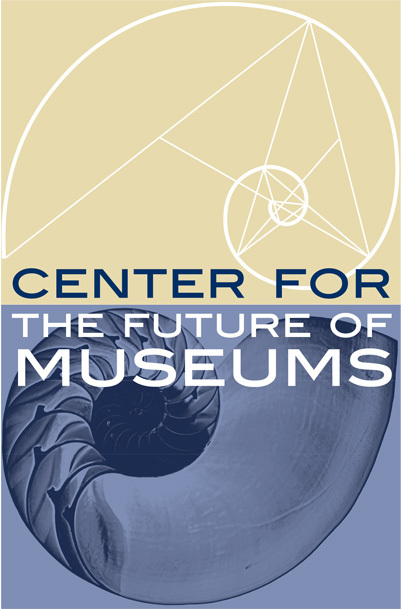 of the United States over the next four decades and the future of museums in light of an increasingly diverse population and “majority minority” society. The report, “Demographic Transformation and the Future of Museums” is a must-read for museum managers and administration- if only for the graphics and statistics projecting the upcoming drastic and rapid shift in demographics in the United States.
A concise report, complete with graphics, a call to action, and a list of online resources for demographic information and socio-economic indicators, the American Association of Museums (AAM) analyzes the data on patterns of museum use and trends in societal growth to answer the questions
of the United States over the next four decades and the future of museums in light of an increasingly diverse population and “majority minority” society. The report, “Demographic Transformation and the Future of Museums” is a must-read for museum managers and administration- if only for the graphics and statistics projecting the upcoming drastic and rapid shift in demographics in the United States.
A concise report, complete with graphics, a call to action, and a list of online resources for demographic information and socio-economic indicators, the American Association of Museums (AAM) analyzes the data on patterns of museum use and trends in societal growth to answer the questions
How will people use museums in the future? And which people will use them?
The forecasted demographic transformation directly affects the museum audience and museum professionals as today’s typical museum goer, a 45-54 year old non-Hispanic white adult, is no longer an accurate reflection of the American public.
Below is a summary of the report’s key findings, surprising statistics, focus group outcomes and suggestions on how to cultivate a diverse, museum audience that’s users reflect the diverse, 'majority minority' communities of America’s future.
Sometime between 2040 and 2050, depending on which projection model is employed, the current U.S. minority groups- African Americans, Latinos (of any race), Asian Americans and Pacific Islanders, Native Americans and others, including those identify as multiracial- will collectively become the new majority in the United States. The proportion of non-Hispanic whites will fall below 50 percent for the first time since the country was founded.
The future of American society is one of “majority minority” in which disparate groups and minorities constitute the collective majority of the population. This compares to the data collected from 2008 on the racial and ethnic composition of the U.S. population in which, by both race and ethnicity, Whites and non-Hispanic whites, made up 74.3% and 84.9% of the population.
The AAM recognizes the imperfections of the monolithic and conventional categories of white, black, Hispanic, and Asian as more and more individuals seek a more multi-racial and ethnic option for classification.
While there are many factors affecting an individual’s decision to attend what the National Endowment for the Arts terms “benchmark arts” (attendance at musical plays, non-musical plays, jazz concerts, theater, opera, classical music performances, the ballet and visual art venues), such as distance, accessibility, cost of admission, income and education, the latter two are most often the major determinants of attendance.
Who has traditionally been the art museum user? And who will it be? While the percentage of the U.S. adult population visiting art museums/galleries declined by 4% between 1992 and 2008, non-Hispanic whites, ages 45-54, are the predominant attendees. Consider this graphic:
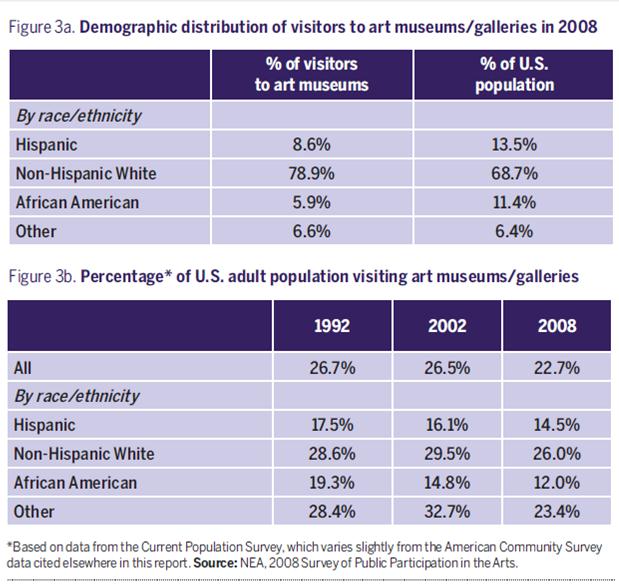
If the forecast for the next four decades is correct and the current pattern in museum attendance remains unchanged, art museums and galleries will not serve the majority of the American population. There are economic, cultural, historic, educational, scheduling and interpersonal barriers to entry that affect an individual’s decision and motivation to attend; however, these barriers must be broken in order to create a more inclusive and inviting museum experience for the future America.
What can be done to increase museum/gallery attendance among diverse groups and reduce the great ethnic and racial disparities in museum participation? It is up to the museum administrators, managers, marketers, developers, programmers, educators and front-line personnel.
Know your audience. All of them. Know your neighborhood and community. Read the newest research. Many Urban Studies institutes have published reports on why specific demographics do or do not attend museums or visual art venues. For example,
…studies suggest that African Americans are more likely to attend events characterized by black themes and in which blacks are well-represented among performers, staff and audience members. This has been dubbed the ‘FUBU test’ –for us, by us.
Further research indicates African Americans and Hispanics are
More likely than others to list the desire to ‘celebrate heritage’ and support a community organization’ as a reason to attend arts and cultural events.’
Studies specific to Hispanics found
Hispanics with lower education and income levels tend to seek cultural activities that engage extended families and promote family unity, as well as providing broadly defined educational activities for children
The report features six brief case studies on museums that have studied the composition of their audience and considered what the future of their audience and community will be. In response to their analysis, museum administrators and managers have implemented unique education programs and outreach activities to address the needs of a growing diverse community. Additionally, youth focus groups have helped to identify what deters younger ages from attending museums and what they would like the museum experience to be- their candid answers are published in the report.
Perhaps the most telling graphic is this map of the United States indicating the metropolitan areas throughout the country in which non-Hispanic white children (defined as younger than 15) are now in the minority:
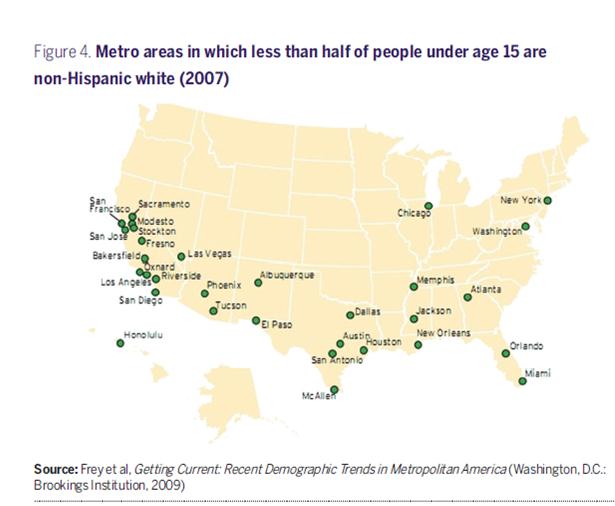
To quote the infamous Whitney Houston, "...the children are our future," and this map indicates just that- a future of great racial and ethnic diversity. As society's make-up changes, so must the institutions that serve it. Listen to the youth in the community. Not only will they be the future constituents of your museum but they also offer valuable insight as to what will get them to and through the door. And let's not forget the Millennials; a generation that cares more about a global community, participatory experiences (a la Nina Simon’s ‘participatory museum’) and engagement, than making distinctions of race and ethnicity.
As a result, their [Millennial] tastes and motivations may be previews of a future that is already taking shape. In this particular future, race and ethnicity may turn out to be less significant influences….What they [Millennials] want from museums are interactive, immersive, and participatory activities. They want to be more than outside observers looking in.
Still not sure how to address the Millennials' need for an interactive, engaging and participatory experience? Consider this standout suggestion for arts and museum managers: the report cites Jane McGonigal’s theory that museums should take a lesson or two from video games and game designers. Here’s what the report say
…museums can learn a lot from game designers, who know how to design attractive, even addictive experiences…unlike the best games, museums often fail to provide visitors with clear instructions or the feeling of having successfully accomplished something.
Looking forward, racial, ethnic and generational changes will require the museum to encourage new users to attend and to implement programming that is as varied as the community in which it exists. The future composition of the United States is vastly different from that of today. And if museums do not grow in reflection  of the changing demographics and population, well, I will leave you with this graphic and you can decide what the future of museums in America will be…
of the changing demographics and population, well, I will leave you with this graphic and you can decide what the future of museums in America will be…
 Last weekend the Creator's Project garnered significant attention from national media. From the mission statement on the website "The Creators Project is a global celebration of art and technology." and "The Creators Project is a new kind of arts and culture channel for a new kind of world." As an intersection between art and tech it seems appropriate that the blog weigh in and take a look at what they did, how they did it, and the implications. The Creator's Project has major sponsorship from Intel Corp and VICE with significant online free content focusing on mostly short form interview of Creator associated artists. This Project offers similar promise to other ventures to offering culture and arts online to ideas such as On The Boards TV and Jacob's Pillow Virtual Pillow but is already operating on a much larger scale than either of these.
Last weekend the Creator's Project garnered significant attention from national media. From the mission statement on the website "The Creators Project is a global celebration of art and technology." and "The Creators Project is a new kind of arts and culture channel for a new kind of world." As an intersection between art and tech it seems appropriate that the blog weigh in and take a look at what they did, how they did it, and the implications. The Creator's Project has major sponsorship from Intel Corp and VICE with significant online free content focusing on mostly short form interview of Creator associated artists. This Project offers similar promise to other ventures to offering culture and arts online to ideas such as On The Boards TV and Jacob's Pillow Virtual Pillow but is already operating on a much larger scale than either of these.







